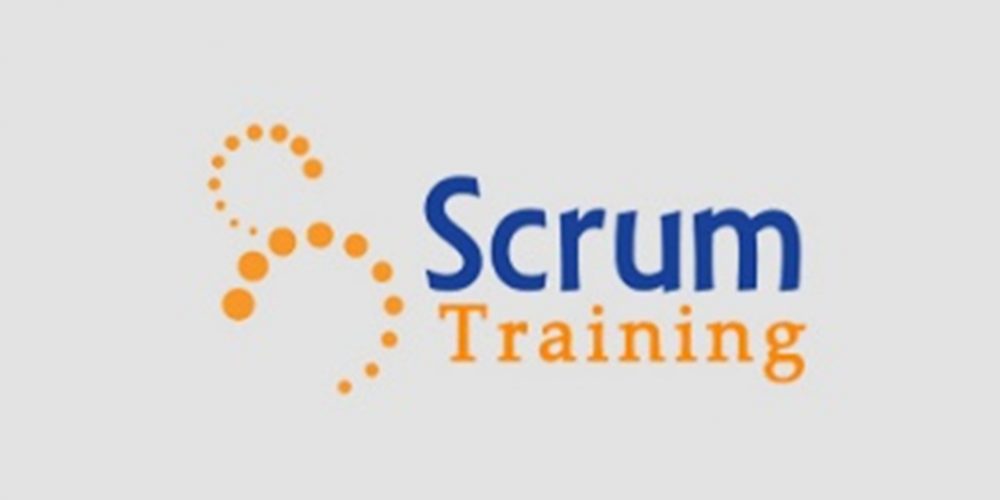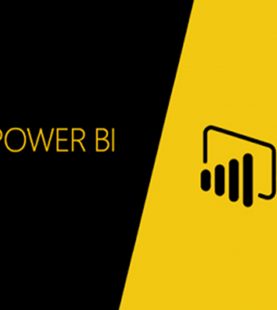- Power BI
- 111 (Registered)
-
(0 Review)

Certified Scrum Masters(CSM)
Description
This is a highly interactive course where students are encouraged to ask questions and be engaged in the class activities to cement their learning. The course objectives, listed below, are enhanced by real world experiences shared by the instructor. The instructor shares Scrum rules and various opinions so that students can best understand how this will impact them and which techniques are flexible and which ones can’t be changed in order to obtain the benefits of Scrum.
Learning Objectives
- Scrum history and the importance of the 5 Scrum Values: Commitment, Focus, Openness, Courage, & Respect
- The Agile Manifesto, and the difference between Agile and Scrum
- What environments and projects are best suited for Scrum
- Empiricism and how it works to control a project
- The Scrum framework – how does it work?
- Scrum roles and responsibilities – who does what and why?
- Servant leadership and self-organization
- Scrum meetings and “other” Agile meetings and practices to help ensure success with Scrum
- Vision statements, Road mapping, and Release Planning
- Requirements vs. User Stories and the Product Backlog
- Sizing Product Backlog Items and preparing them for a Sprint
- Sprints vs. Iterations, Product Backlog vs. Sprint Backlogs, official Scrum meetings vs. “other” meetings
- Benefits of Burn-down charts and Burn-up charts, and how they are created and used
- Best practices with User Stories, offshore, and implementation
- Identifying potential trouble and how to be prepared
Audience
- IT Professionals (Architects, BAs, DBAs, Developers, Testers, etc.)
- IT Leadership (Managers/Directors/VPs/CIOs/CTOs)
- Project Managers
- Anyone interested in learning the benefits of Scrum
Prerequisites
There are no prerequisites for ScrumMaster Certification Training.
Course Outline
Scrum
- Its origins
- The process
- Benefits of Scrum
Agile
- Manifesto and principles
- Scrum and Agile; what’s the difference?
- Other methods
The 5 Values of Scrum
- Learn their meaning
- Why they are important
- How to apply them
When to use Scrum
- Empirical Process and how it works
- What environments and projects are best suited for Scrum
The Scrum framework
- How it works
- How to begin
Scrum roles and responsibilities
- The Team – what does it mean to be self-organized
- The Product Owner – who is best suited for this role and how they direct the team
- The Scrum Master – who should play this role of the servant leader
- The role of the Stakeholders with a Scrum project
The Sprints
- The purpose for Sprints
- Sprint lengths
- Sprint Success
The Scrum Ceremonies / Meetings
- Learn the duration, purpose, and invitees, for each meeting
- The Sprint Planning Meeting (part 1 and part 2)
- The value and purpose of a Daily Scrum
- Sprint Review (or Demo); how it is conducted and the benefit
- Sprint Retrospective; the meeting that will take the team to the next level
The Scrum Artifacts/Documents
- The Product Backlog and who owns it
- The Sprint Backlog and how it differs from the Product Backlog
- Burn down and Burn up charts and the story they tell
“Other” Agile meetings and practices to help ensure success with Scrum
- Vision statements, Road mapping, and Release Planning
- Product Backlog Items / User Stories
- Estimating / Sizing the work
- Preparing Product Backlog Items
- Incorporating non-collocated team members
- Identifying potential trouble
Course Content
Curriculum is empty




